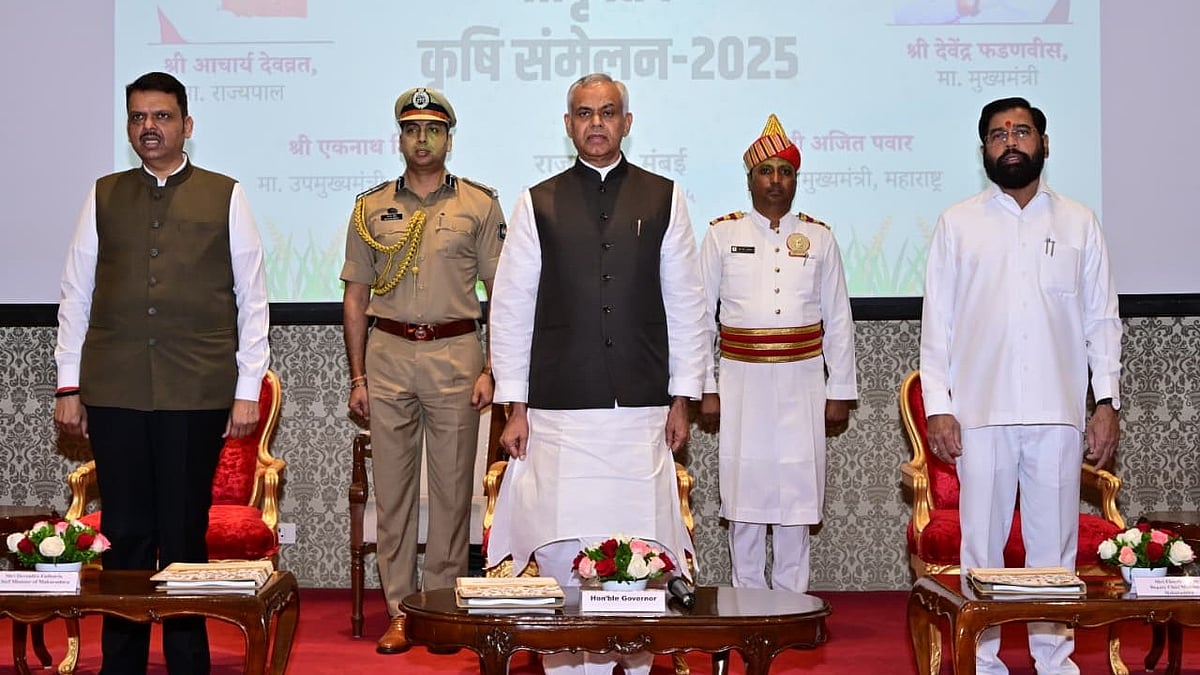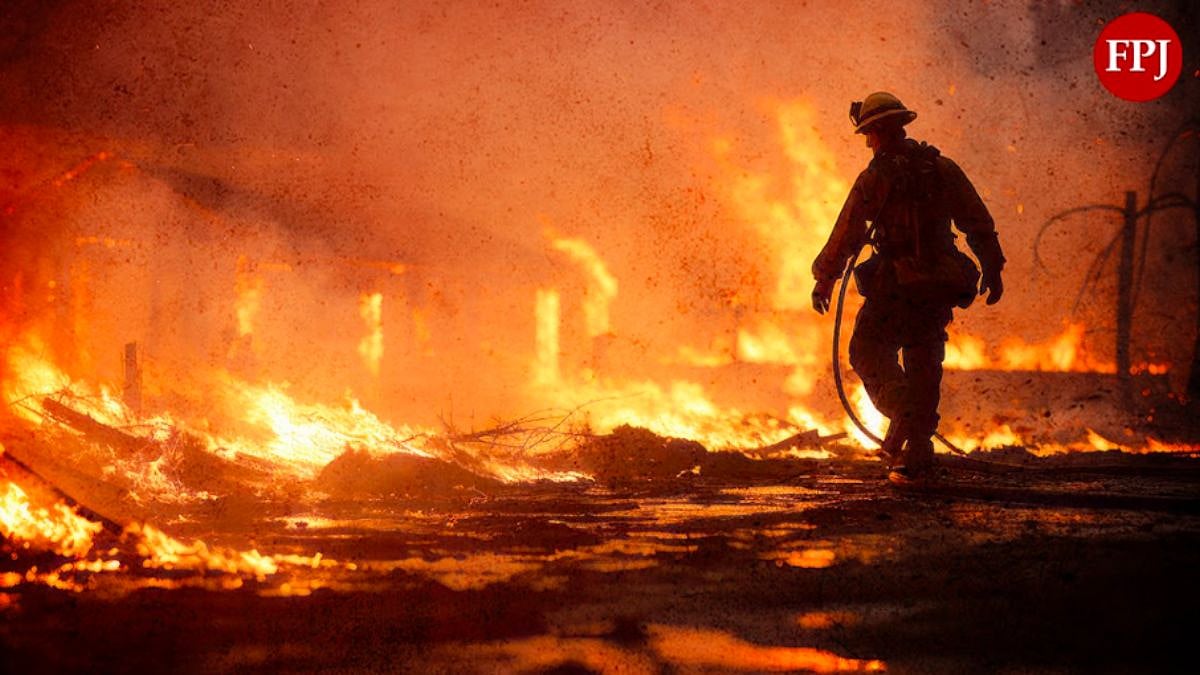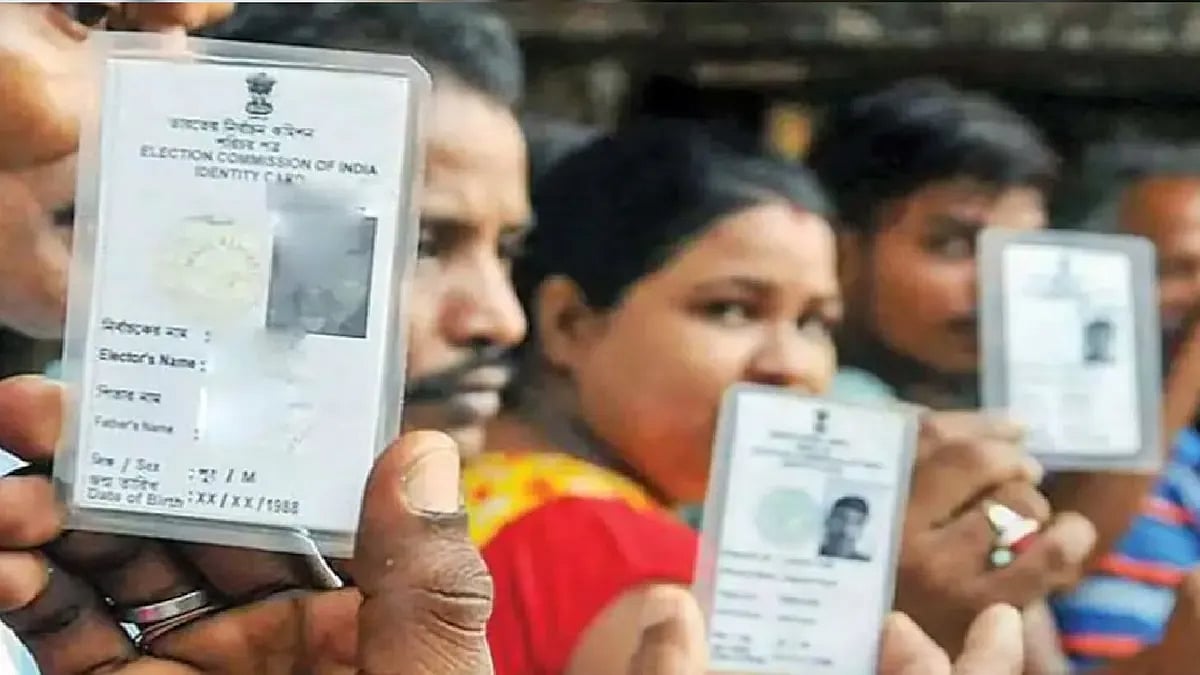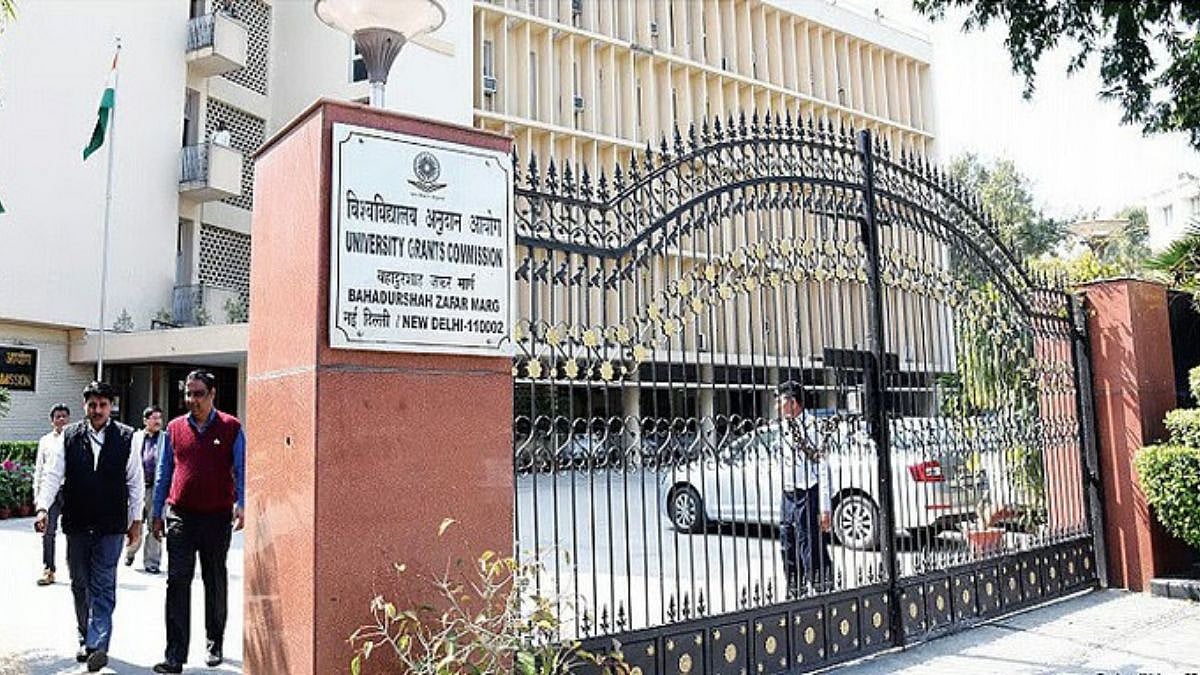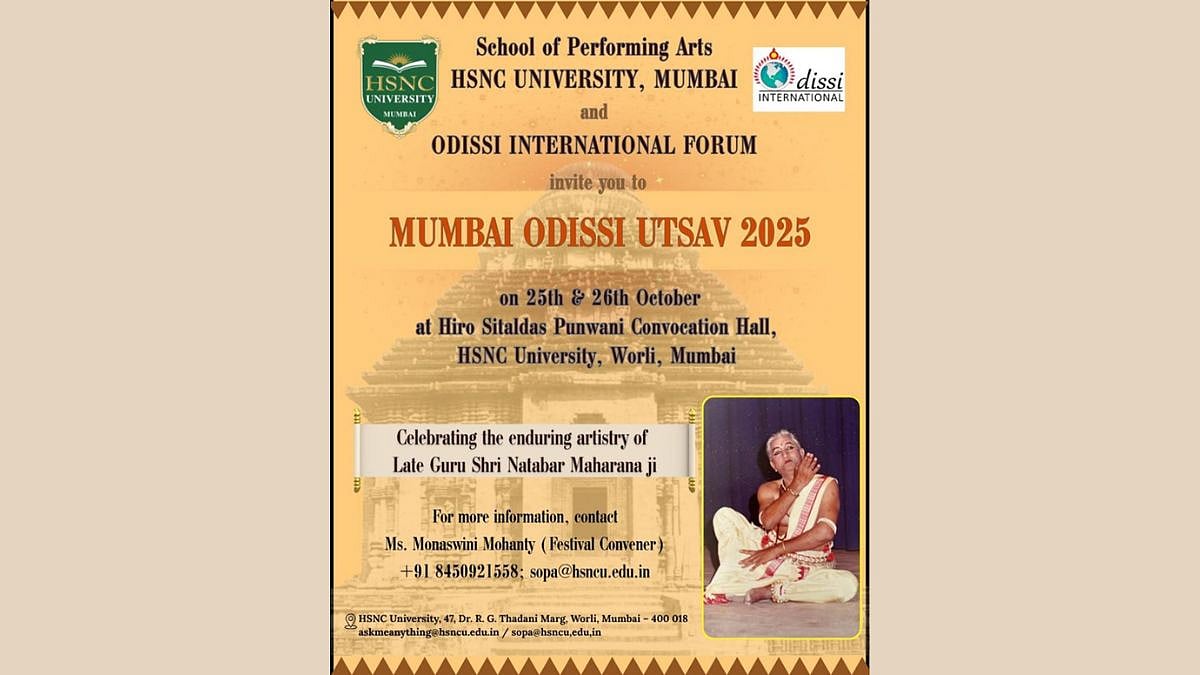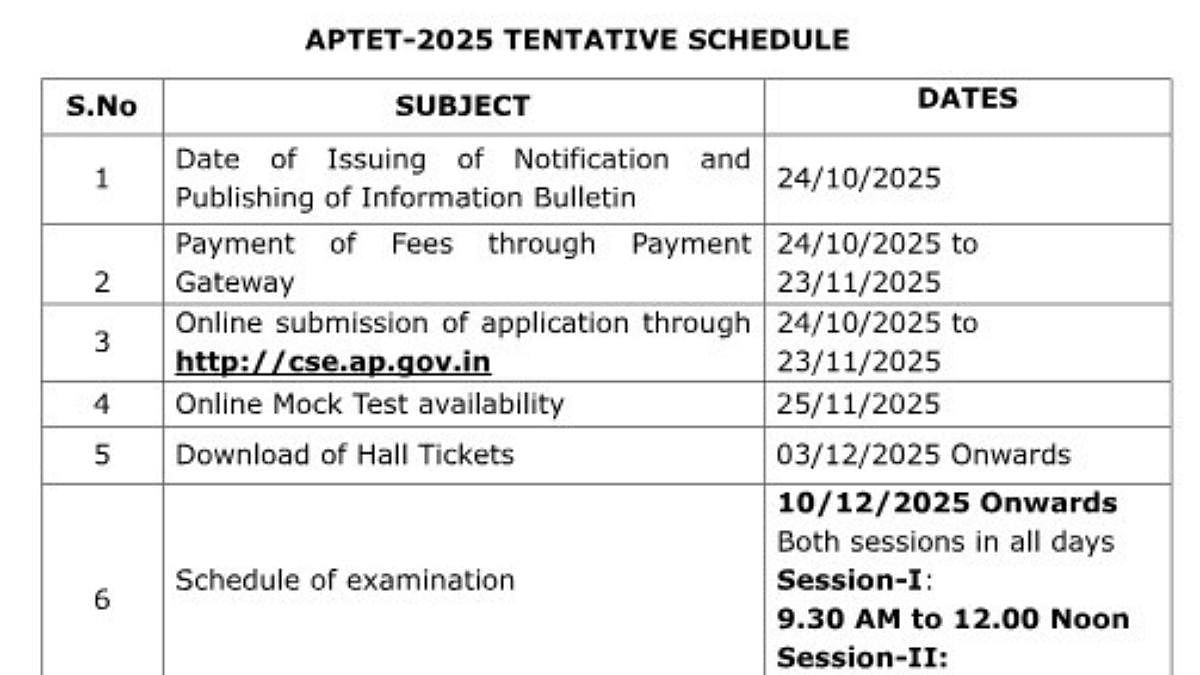Gender parity in higher education is a critical aspect of fostering inclusive and diverse learning environments. Delhi, as a hub for education, has recently witnessed shifts in its gender parity index (GPI), offering insights into the evolving landscape of education. This article explores the key findings from recent data provided by the Directorate of Economics and Statistics, shedding light on the state of gender representation in higher education in Delhi.
GPI Guidelines
The gender parity index (GPI) is a crucial metric reflecting the ratio of females to males enrolled in specific education stages. Ideally ranging between 0.97 and 1.03, a decline in this index suggests a shift in enrollment patterns.
Delhi's GPI dropped from 1.16 in 2018-19 to 1.04 in 2020-21, indicating a noteworthy change in the gender composition of higher education.
Analyzing the course preferences, the data reveals that while 90.1% of students opted for general courses, technical or professional courses were favored by a higher percentage of males (92%) compared to females (88.1%).
Medicine emerged as a notable choice, particularly among females, highlighting the diversity of educational interests among students. The data underscores a growing interest among women in the teaching profession, with an increased number of female teachers at various educational levels.
Growth In Number Of Female Teachers
The number of female teachers per 100 male teachers has witnessed positive growth, showcasing a shift in gender dynamics within the teaching profession.
The average expenditure per student in basic courses in 2017-18 exhibited gender-based differences, with implications for the accessibility of education. Technical and professional courses showcased a considerable difference in average expenditure between males and females, indicating varied financial considerations.
Delhi's higher education sector is undergoing nuanced changes in gender dynamics, as evidenced by the recent GPI data. Understanding these patterns is crucial for policymakers, educators, and institutions to implement targeted initiatives that promote inclusivity and equal opportunities in the educational landscape.
As the city continues to be a focal point for education, addressing gender disparities will be pivotal for shaping a more equitable and diverse learning environment.
(With Inputs From PTI)


